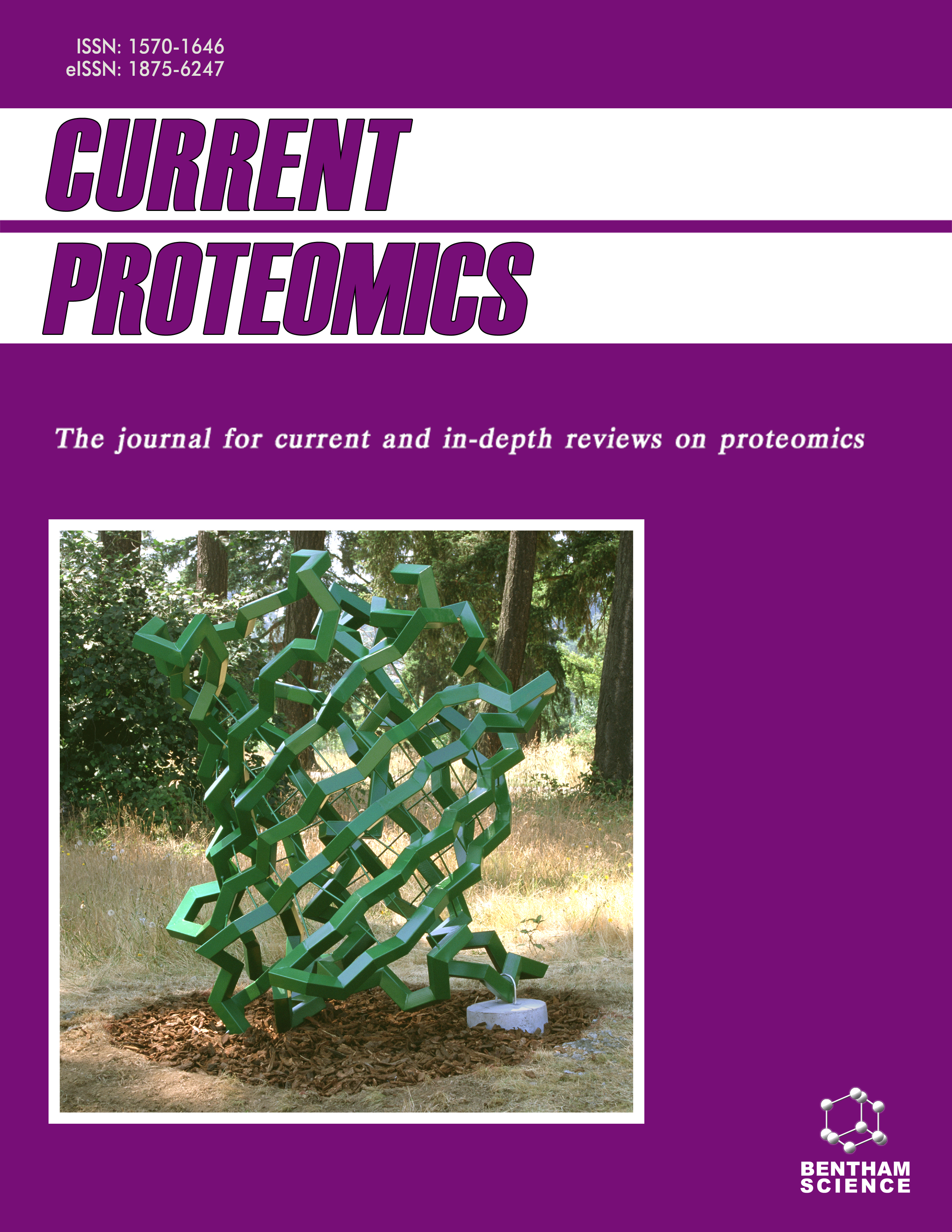
Full text loading...
We use cookies to track usage and preferences.I Understand
Saffron (Crocus sativus), also known as Red Gold has shown anticancer activity, but the molecular mechanisms underlying its potential therapeutic effects are not fully understood.
This study investigates the anticancer effects of safranal on cervical cancer, one of the most common cancer types in women worldwide, and elucidates the molecular mechanism underlying these effects through bioinformatics analysis RNA-sequencing.
The molecular mechanisms and key genes underlying the antiproliferative effect of safranal (400μM) on cervical cancer cells were determined with RNA sequencing bioinformatics analysis.
The total number of expressed genes in HeLa and C- 4 I was determined as 1101 and 1190, respectively after 24 hours of incubation of safranal. KDA showed the key driver genes EIF2AK2, USP18, PARP14, GBP1, SAMD9L, SP110, DDX60, IFI44L and MX2 of the HeLa group, while in the C- 4 I group, key driver genes are DNAJC3, DNAJB9, DNAJB8, SRPX2, PRSS8, MRC2, IER2, RPS19BP1, CRELD2 and SDF2L1. KEGG and GO analysis revealed that safranal induced cell arrest in the G1 phase, cell death apoptosis, and necroptosis in cervical cancer cells. These antiproliferative effects were shown based on regulated signaling pathways: MAPK, TGF-beta, p-53, TNF and FoxO signaling pathways.
Based on the results obtained by RNA sequencing, it can be concluded that safranal has a potential antiproliferative effect and could be used in the clinic as an anticancer agent.

Article metrics loading...

Full text loading...
References


Data & Media loading...

